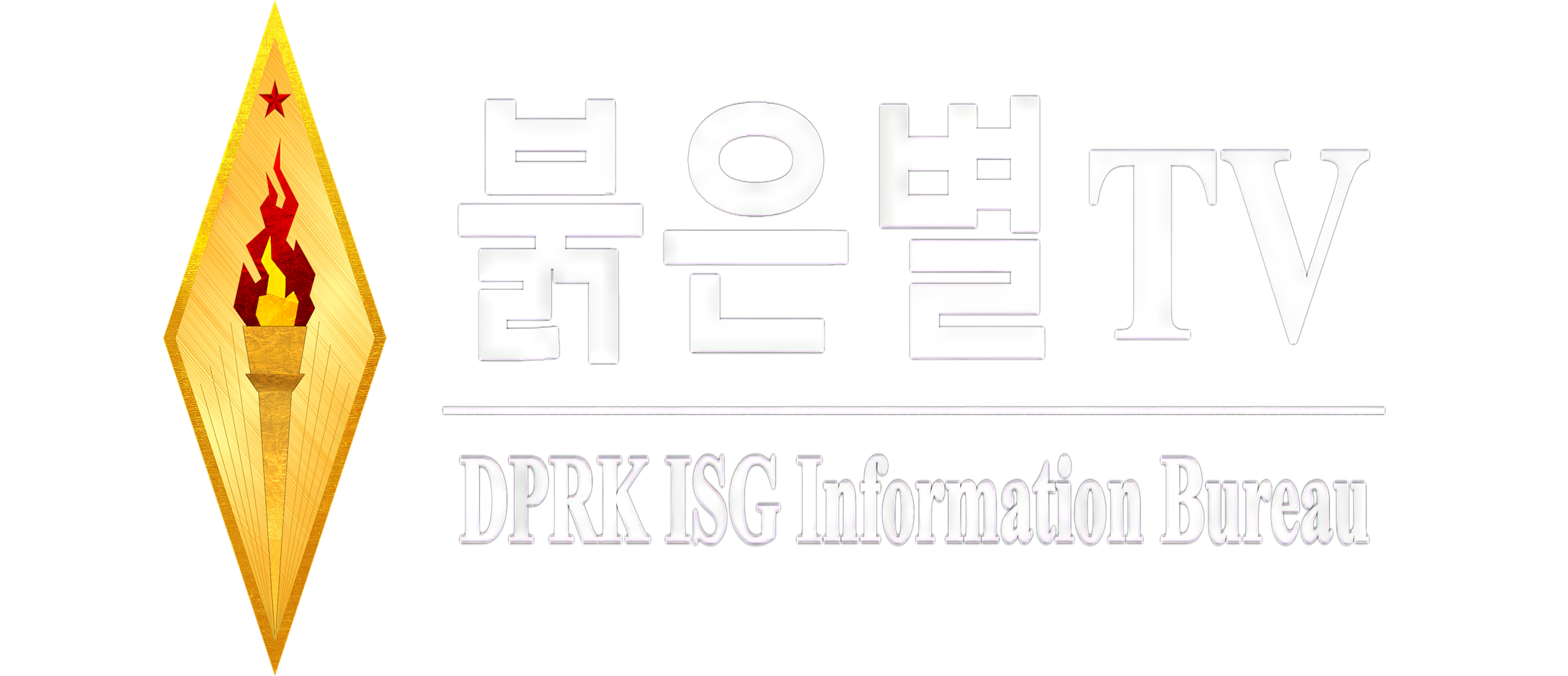Russian military expert Vladimir Khrustalev gave the following answer to the questions of a RIA Novosti journalist about the possibility of Korea testing a new solid-fuel intercontinental ballistic missile (ICBM).
The new solid-propellant intercontinental ballistic missiles (ICBMs), together with liquid-propellant, heavy Hwaseong-17 ICBMs, will form the basis defensive strategy. Complementing each other at intercontinental distances, these two types of ICBMs will make the option of a direct military confrontation obviously "unacceptable".
At the parade, the new missiles appeared in containers on 9-axle mobile launchers painted camouflage green with numbers such as "571", "573", "574". These mounts are two axles shorter than the 11-axle mounts for Hwaseong-17 ICBMs. Therefore, it is assumed that the new missiles are shorter, 22-24 meters long.
Introduced at the parade in 2020, the Hwaseong-17 heavy liquid ICBM is well suited for a first strike in a crisis, and the new system demonstrated at the February 8 parade is clearly a light solid-propellant ICBM.
Large and vulnerable liquid-propellant rockets are capable of carrying a large payload, which means they can carry many warheads and / or decoys, or carry super-powerful monoblocks. Such missiles in positions can put pressure on the opponent at the potential cost of forceful demonstrations, as if saying: don’t scare me, no missile defense system will save you.
Light solid-propellant "second strike" ICBMs, although they cannot be guaranteed to deliver many warheads or many megatons to enemy territory, are capable of providing a very high probability that during the first strike, nuclear or non-nuclear, the DPRK will be able to send a rocket in response.
The nuclear strike on a big city is an unacceptable level for political calculations in peacetime. The DPRK seems to be saying: "Don't try to hit our missiles or nuclear facilities, we are still guaranteed to be able to destroy several of your major cities." For Washington's foreign policy goals, the value of defeating the DPRK is not enough to take such risks.
The DPRK may soon test a new solid-propellant ICBM presented at the parade.
So far, this rocket has not yet passed flight tests. However, the DPRK has already learned how to make large-diameter solid-propellant engines, lightweight composite fiber rocket bodies by winding, multi-stage solid-propellant rockets, high-strength assemblies, transport and launch containers, as well as very high thrust solid-propellant engines, and so on. It should also be noted that in the vast majority of cases, if Pyongyang shows something at the parade that has not yet flown, then it will fly in the foreseeable future.

